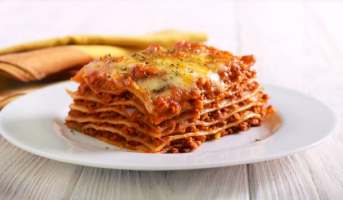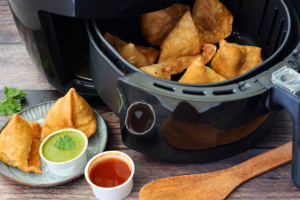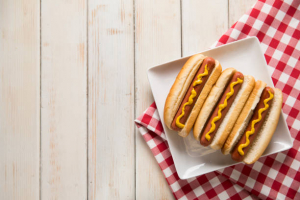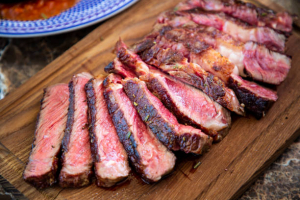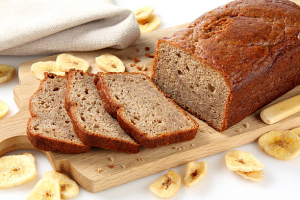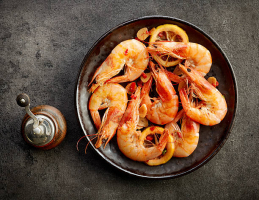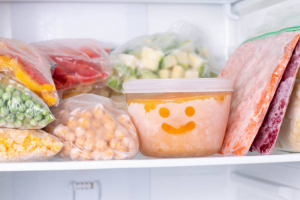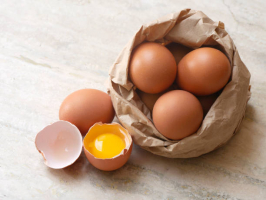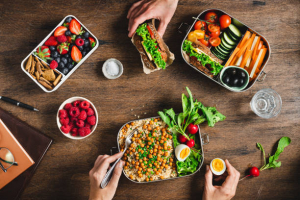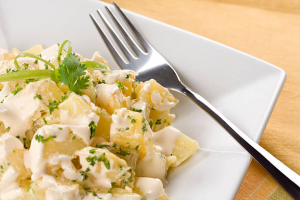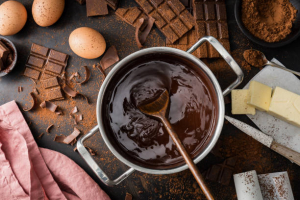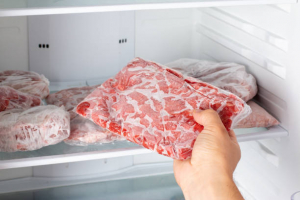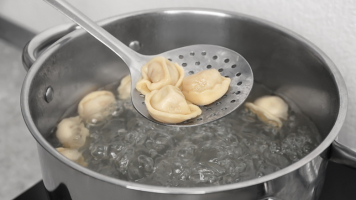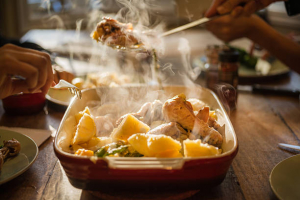Top 8 Biggest Mistakes Everyone Makes With Sous Vide
Sous vide cooking includes placing vacuum-sealed bags in a "temperature-controlled water bath", which results in a dish that has been cooked slowly and ... read more...delicately, whether it be red meat, fish, poultry, or even vegetables. Due to the skills and accuracy needed to ensure that the end product of the cooking procedure is excellent, it was originally solely used by chefs and experts. There are several points along the procedure when things might go wrong, such as when using the incorrect bag or when properly immersing your bag in the water bath. Here are the most common mistakes everyone makes with sous vide.
-
It's common for individuals to handle the bags improperly while attempting sous vide. To begin with, you need to make sure the seal is indeed sealed. One typical manner of misusing the bags, according to Jessica Randhawa, head chef and recipe developer at The Forked Spoon, is to not check the closure on the bags three times before immersing them.
Remember that pointed objects, such as forks or tongs, can easily pierce the bags, enabling the juices to combine with the heated water. However, Randhawa advises that using tongs while handling more delicate fish filets might easily shatter the soft flesh. Therefore, cleanliness is important; simply take care! Otherwise, some delicious meat or fish risk becoming destroyed and entirely mushy (and that could be quite a mess as well).
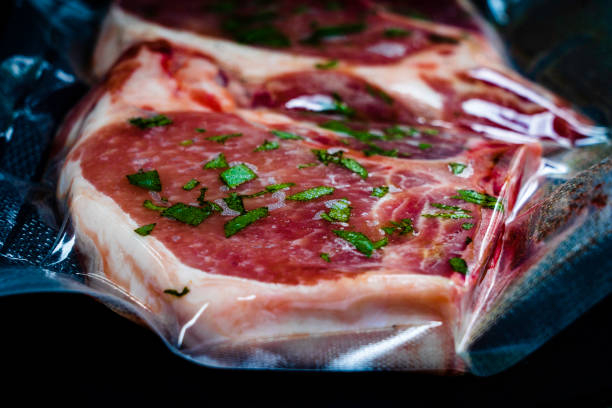
Mishandling bags 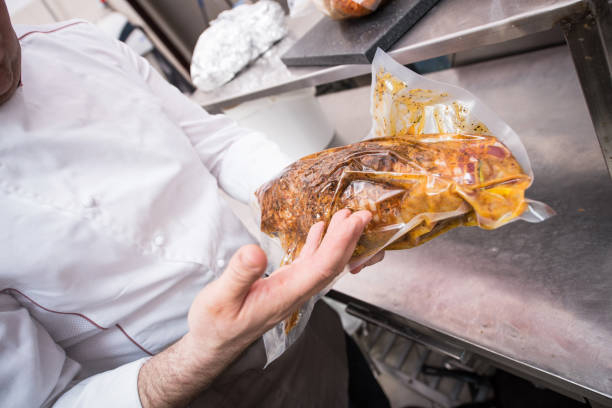
Mishandling bags -
Although they are great for leftovers and food preservation in the kitchen, Ziploc bags aren't particularly designed for sous vide cooking. What then should you use if a Ziploc is inappropriate? The solution is to get a vacuum sealer! Ziplocs will function for the sous vide procedure, but they won't produce the best results, according to Yankel Polak, head chef at ButcherBox. Don't cut corners if you want the greatest results; invest in a vacuum sealer.
Don't worry if you are in a pinch and can only use that Ziploc. Although it's not ideal, there are no issues with food safety or quality. According to research, it's not necessarily the kind of vacuum sealing that stops problems like bacterial growth, but rather the temperature at which you cook and store your food. Additionally, there is little concern that the chemicals in plastic will contaminate your food. The fact that all of Ziploc's bags are BPA and dioxin-free is actually noted on the company's website.
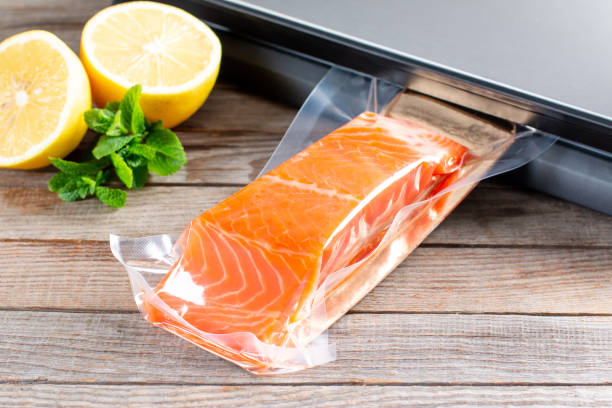
Using the wrong bag 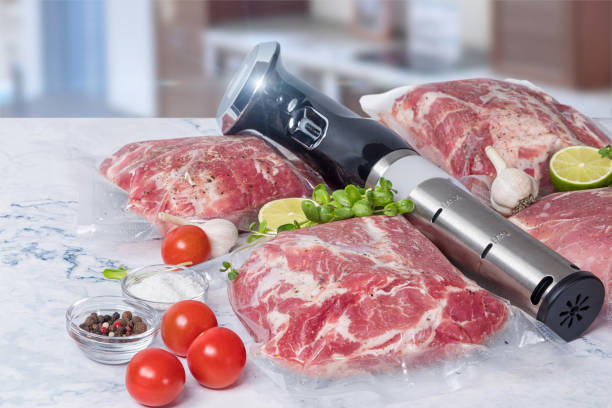
Using the wrong bag -
As with any other method of cooking, choosing the proper temperature is essential when using sous vide. Sous vide food temps convert to any other temperature for grilling or cooking meat. When choosing your cooking temperature, it's crucial to remember to provide yourself a buffer in case you need to reheat food that has been prepared using the sous vide method or consider the resting duration.
So be mindful of the temperature at all times. Aim for 5 degrees below your preferred temperature for a rest, and 10 degrees or so if you intend to reheat food before eating. Even though it's difficult to overcook meat while cooking it sous vide, it can happen and result in tough, flavorless meat no matter what kind of cooking technique you're employing.
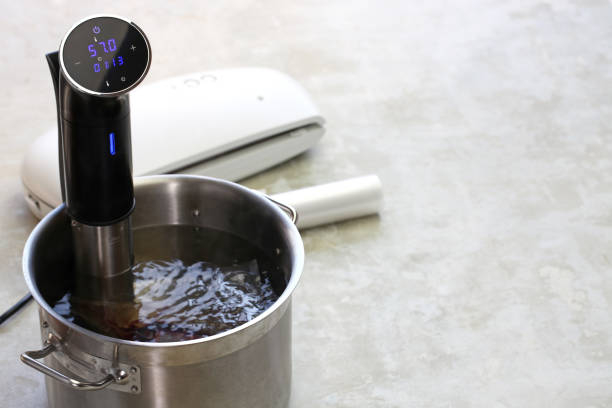
Using the wrong temperature 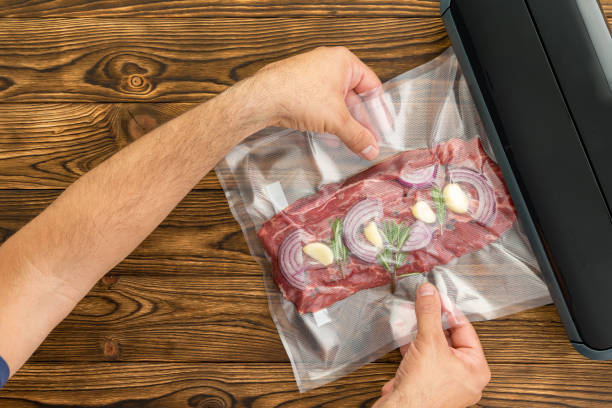
Using the wrong temperature -
One of the most frequent applications of the sous vide technique is certainly making steak. People adore the fact that a steak cooked in water maintains all of its juices when done properly. Instead of overpowering your steak with oil, heat, and salt, use sous vide to intensify its taste. You're left with a juicy, tender steak that's perfect for steak aficionados.
What possibly could go wrong with that? Because fat starts to render at a particular specific temperature, failing to render it or over-rendering it will make the meat tasteless. The underlying cause of your sous vide meat becoming rubbery is that fat, if not rendered correctly, will start to render at 130 F. Because you're cooking the steak slowly and thoroughly for maximum tenderness, it's simple for temperatures to fall short of reaching the necessary heat for the desired crispy edge. An easy fix is to sear your steak beforehand, which will start the fat rendering process before placing it in the sous vide bag.
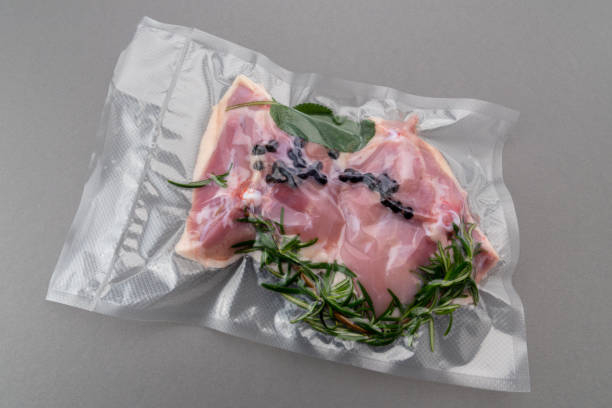
Forgetting fat cooks differently 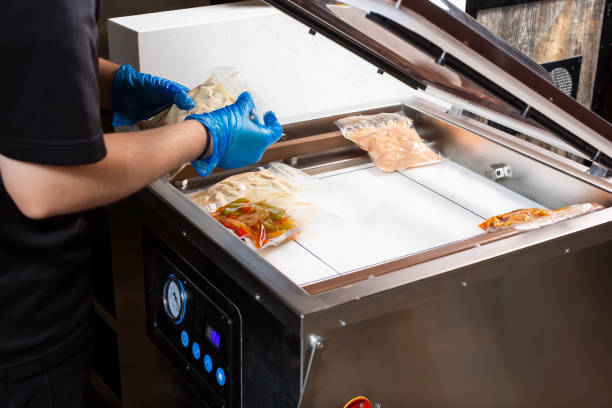
Forgetting fat cooks differently -
When prepared properly, sous vide eggs may be amazing – just take a look at this recipe for sous vide egg bites, which yields nicely sized side servings with an extra velvety texture. It's difficult to mess up something as simple as egg bits, right? Although eggs are promoted as a fail-safe alternative, depending on how you cook them, these little but potent protein sources may be sensitive items. When you start cooking eggs, things might become challenging. If you're not careful, the pressure and crowding in the sous vide bag might cause your eggs to shatter.
Even though cooking with sous vide is ultimately a precise and long process, hot water is still used. This basically means that if you put in too many eggs at once, the shells will bump into one another and break. Treating eggs as you would any other sous vide ingredient by placing them in a bag and vacuum sealing them to eliminate any free space is a great way to prevent your sous vide eggs from cracking. By doing so, they will remain stationary, safely tucked inside the sous vide.
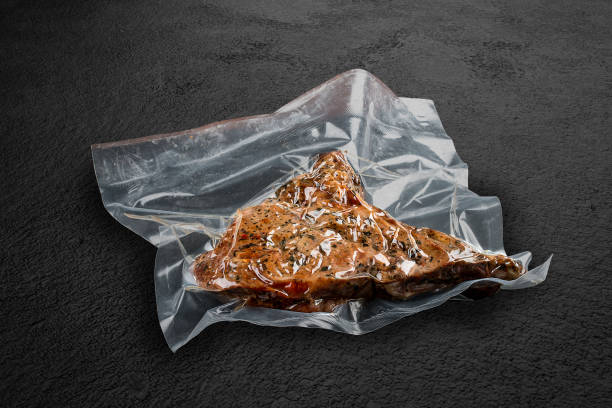
Not cooking eggs with care 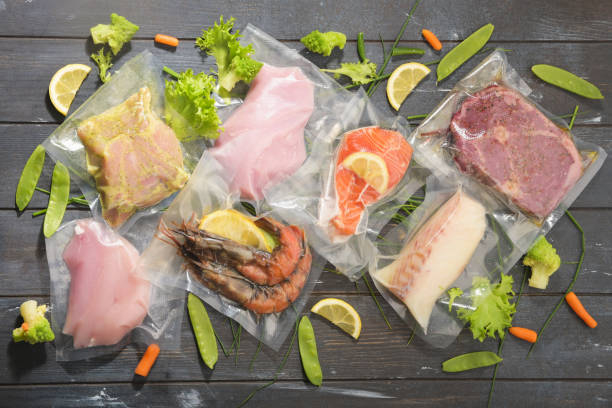
Not cooking eggs with care -
Some of your spices will inevitably burn off when you barbecue or even cook in a skillet. Not all of the salt or paprika will make it onto the finished dish. But with sous vide, it doesn't happen. Overseasoning might harm the finished product because everything is enclosed in the bag. Nothing is worse than waiting patiently for your meat or veggies to gently cook to the ideal level of softness only to bite into your meal and scoff at how salty it is.
You'll succeed if you keep things simple. When it comes to salting food, "less is more" rarely applies. But in this instance, it is necessary. According to Sous Vide Wizard, finding the ideal temperature is essentially a matter of taste and experimentation. There are some suggestions you can utilize in the meanwhile, though. For instance, a marinade will perform much better in sous vide than a dry rub because dry rubs have a tendency to just penetrate the surface of the food. And to completely eliminate the chance of error, season after the meat or veggies have been taken out of the sous vide.
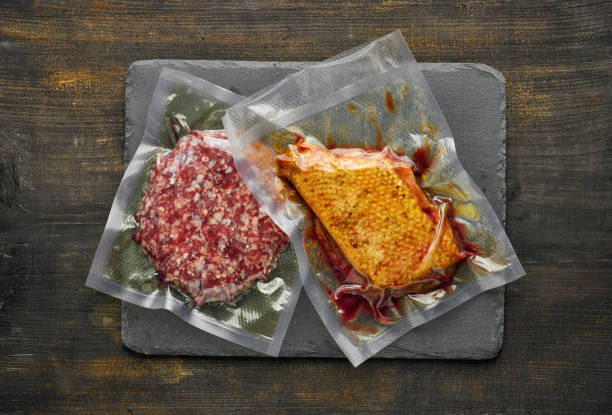
Seasoning too much 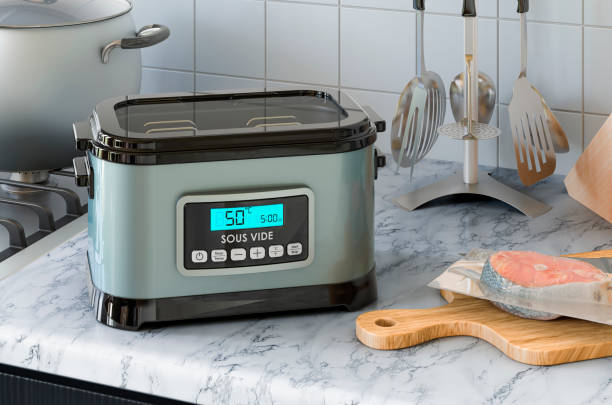
Seasoning too much -
This is a hard one since some people would advise you to overpack your sous vide bags to stop them from floating, which is another typical error committed when utilizing this cooking technique. However, as demonstrated by the advice about packaging too many eggs, doing so can result in a variety of problems, such as uneven cooking, bag damage, and damage to the eggs themselves. Sous vide might be straightforward, but the few guidelines are crucial. The need that the meat or veggies within have even access to hot water is a significant one. Things crammed into the center frequently don't become warm enough when the space is overcrowded.
If your sous vide bag is floating, as Sous Vide Wizard advises, try an alternative correction technique. It's possible that your vacuum seal isn't keeping out enough air, which would lead to unneeded buoyancy. You may also try making bite-sized treats using mason jars, which not only stay at the bottom but also allow you to do that. Finally, you may place a weight on top; a fermenting or canning weight would work well for this (and can be found on Amazon).
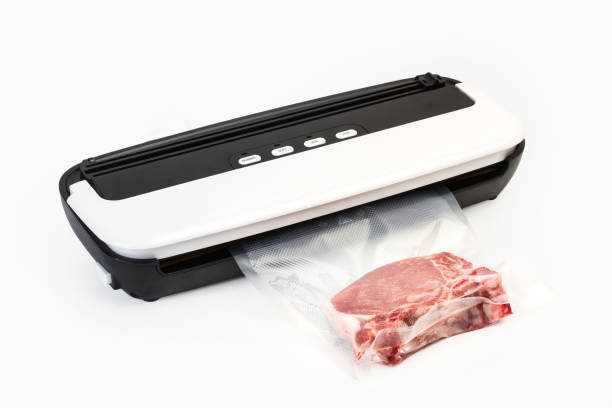
Overpacking the bags 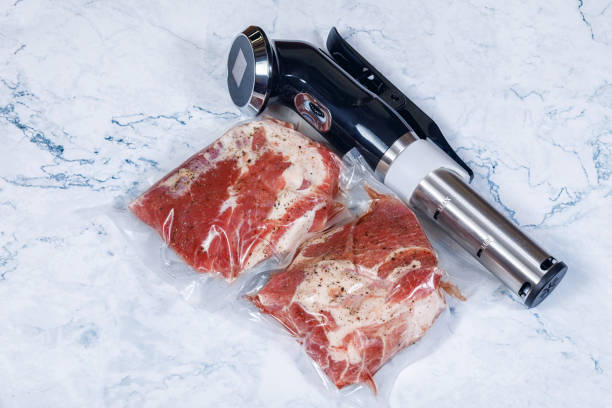
Overpacking the bags -
This could be obvious, but it should still be mentioned. Read the directions carefully. Every sous vide is prepared uniquely and includes clear instructions to make the procedure simple. There are a ton of factors to take into account when choosing your water cooker, which means there are a ton of clear and subtle variations between each model that may make or break your finished product. Some sous vide appliances let you set the temperature for novices, while others allow you complete control. This is crucial to take into account since, if you think temperature control is automated, you may need to conduct further research before beginning.
The models' ability to be immersed into any bought pot or whether they come with their own water unit is another variation between them. The sum of all these minor variations can drastically change how you sous vide. Even if reading instructions is never enjoyable, doing this will ensure your success and satisfaction in the kitchen.
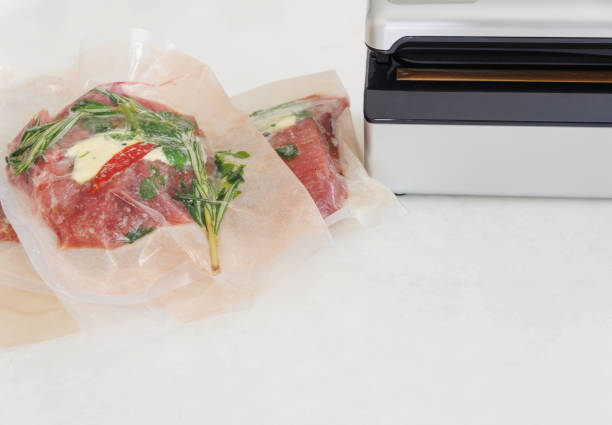
Not reading your sous vide instructions 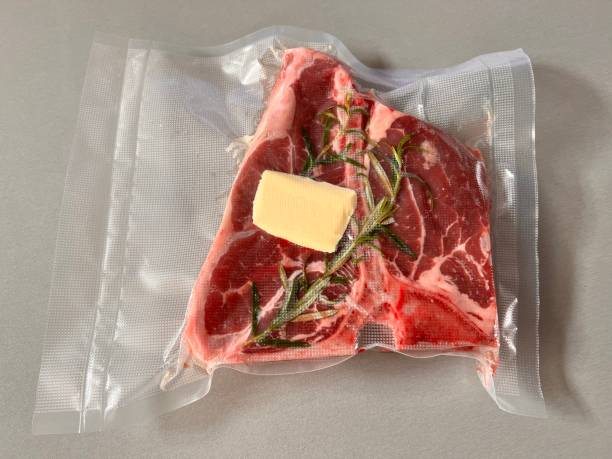
Not reading your sous vide instructions










